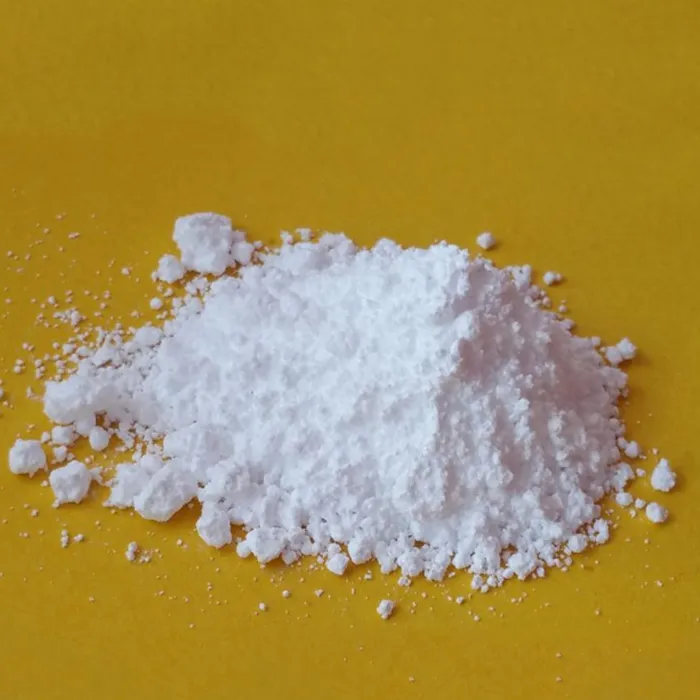The Challenge of PFAS Removal from Water An Overview
Per- and polyfluoroalkyl substances (PFAS) have become a significant environmental concern worldwide due to their persistence in the environment and potential adverse health effects. These man-made chemicals, known as forever chemicals, are used in a variety of applications, including water-repellent fabrics, non-stick cookware, and firefighting foams. As their prevalence in water sources continues to rise, understanding and improving methods for PFAS removal from water has become increasingly critical.
Understanding PFAS
PFAS comprise a large group of synthetic chemicals characterized by their carbon-fluorine bonds, which are among the strongest bonds in organic chemistry. This stability makes PFAS resistant to environmental degradation, leading to their accumulation in water bodies, soil, and living organisms. Research has linked PFAS exposure to several health issues, including immune system dysfunction, hormonal disruptions, and increased risk of certain cancers, prompting regulatory agencies to take action.
Current Removal Technologies
The removal of PFAS from water is a complex challenge that typically involves several advanced treatment methods. The most commonly employed techniques include activated carbon adsorption, ion exchange, membrane filtration, and advanced oxidation processes.
1. Activated Carbon Adsorption This method involves passing contaminated water through a bed of activated carbon, which adsorbs PFAS molecules onto its surface. While activated carbon can effectively reduce PFAS concentrations, its efficiency varies depending on the specific PFAS compounds and their concentrations, as well as the characteristics of the water being treated. Additionally, the carbon itself can become saturated, necessitating regular replacement or regeneration.
2. Ion Exchange Ion exchange systems use resin beads to replace PFAS ions in water with less harmful ions. These systems can achieve high removal efficiencies, particularly for certain types of PFAS. However, similar to activated carbon, the resin can become saturated, requiring periodic regeneration or replacement.
pfas removal from water

3. Membrane Filtration Techniques such as reverse osmosis (RO) and nanofiltration (NF) employ semi-permeable membranes to separate PFAS from water. These methods are highly effective, capable of removing a wide range of PFAS, including long-chain and short-chain variants. However, they require significant energy input and can generate a concentrated waste stream that must be managed properly.
4. Advanced Oxidation Processes These techniques involve the generation of highly reactive species to break down PFAS molecules. Processes such as UV irradiation coupled with hydrogen peroxide or ozone show promise in destroying PFAS, though they can be costly and may not eliminate all PFAS variants completely.
Challenges and Future Directions
Despite progress in PFAS removal technologies, challenges remain. One major issue is the wide variety of PFAS compounds, each with different chemical properties, making it difficult to develop a one-size-fits-all solution. Furthermore, the cost and complexity of treatment systems can hinder their implementation, particularly in smaller municipalities or in regions with limited resources.
Research is ongoing to develop innovative and cost-effective solutions for PFAS removal. New materials, such as biochar and novel nanomaterials, are being explored for their potential to enhance adsorption and degradation of PFAS. Additionally, advancements in membrane technology and more efficient oxidative methods may lead to more effective treatment options in the near future.
Conclusion
The removal of PFAS from water is an urgent challenge that requires a multifaceted approach. As regulatory pressures increase and public awareness grows, investment in research and development of effective and affordable treatment technologies is crucial. Addressing this environmental issue will not only protect water resources but also safeguard public health for current and future generations. Through continued innovation and collaboration, we can work toward a future free of harmful PFAS contamination in our water supplies.

